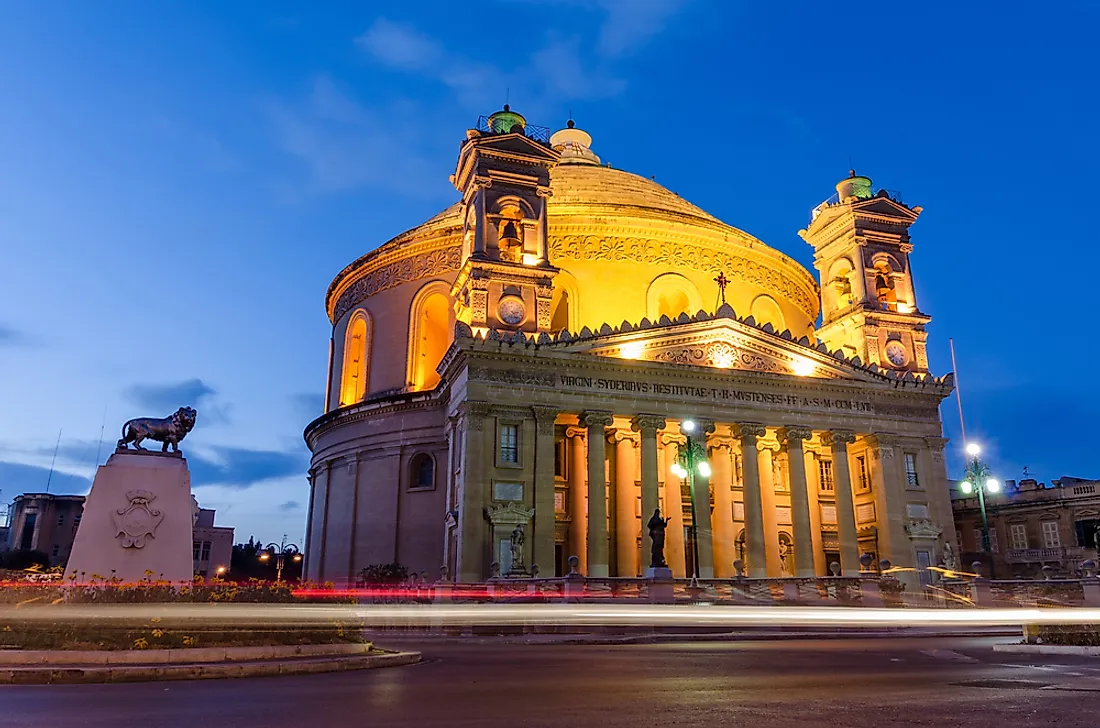Religious Beliefs In Malta

The island nation of Malta is part of Southern Europe and is located in the Mediterranean Sea. The nation houses a population of around 416,338 inhabitants. The ethnic Maltese people form the vast majority of the population of the country. There are also some minority ethnic groups with the Britons being the largest of them. Most of the Britons are retirees who have settled on the islands in Malta to spend their post-retirement years. Christianity is the predominant religion in Malta with over 90% of the population being Roman Catholics.
The Largest Religion Of Malta
The Constitution of Malta recognizes Catholicism as the state religion of the country. The country has over 360 churches. The parish churches in every Maltese town and village are the focal point of such places. Cultural and religious celebrations held at these churches including fireworks, religious processions, special Masses, etc., help keep the community united.
Religion In Malta Prior To The Arrival Of Christianity
The earliest evidence of religious practices in Malta has been traced to around 3600 BC. Structures associated with religious beliefs have been found dating back to this time. Some examples of these structures are the Ggantia temple in Gozo, the Tarxien temple in Tarxien, and the Hypogeum in Paola. It is believed that such temples were used to perform fertility rites.
Arrival And Spread Of Christianity In Malta
According to tradition, Christianity arrived in Malta at about 60 AD when Saint Paul, one of the Twelve Apostles, was shipwrecked in Malta while on his way to Rome. He stayed on in Malta for a while and preached Christianity to the inhabitants of the archipelago. Soon, Publius, the then governor of Malta, converted to the religion and became the first bishop of Malta. By the 3rd century AD, nearly all the people of Malta had become Christians. Christianity continued to rule in Malta until the invasion by the Arabs who occupied the islands in the region in 870 AD. Although the Arabs allowed freedom of religion to the Maltese, all non-Muslims of the region had to pay a yearly tax called jizya. In 1091, the Arabs were forced to leave with the arrival of the Normans. Although a significant number of the Maltese people converted to Islam, today only a small proportion of Muslims remain in the country. The Arabs were soon replaced by the Normans. During the Norman rule, the islands became part of the Kingdom of Sicily. The Catholic Church once more regained its power and Catholicism became more popular in Malta than ever before.











